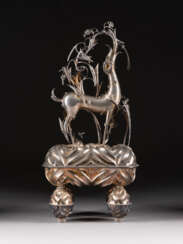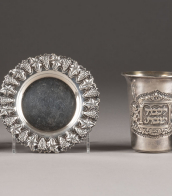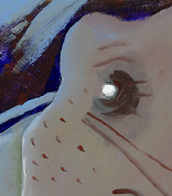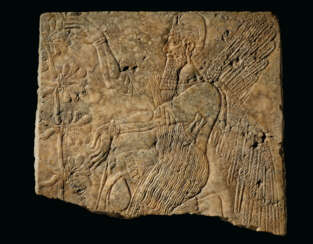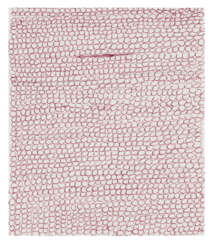worl-003
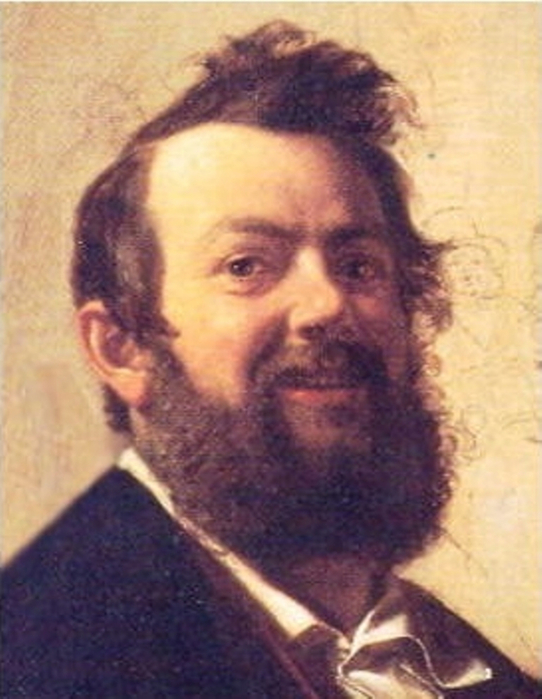
Johann Peter Hasenclever was a German painter of the first half of the 19th century. He is known as a painter, a representative of the Düsseldorf school of art, who is considered one of the founders of German genre painting.
Hasenclever began his work by interpreting biblical, mythological and romantic subjects, but eventually found his calling in humorous scenes from bourgeois life, especially Pyrenean towns and cities. Among his famous works are "The Amusing Examination," "The Reading Room," and "The Trial of Wine," distributed in engravings and lithographs.
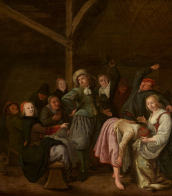
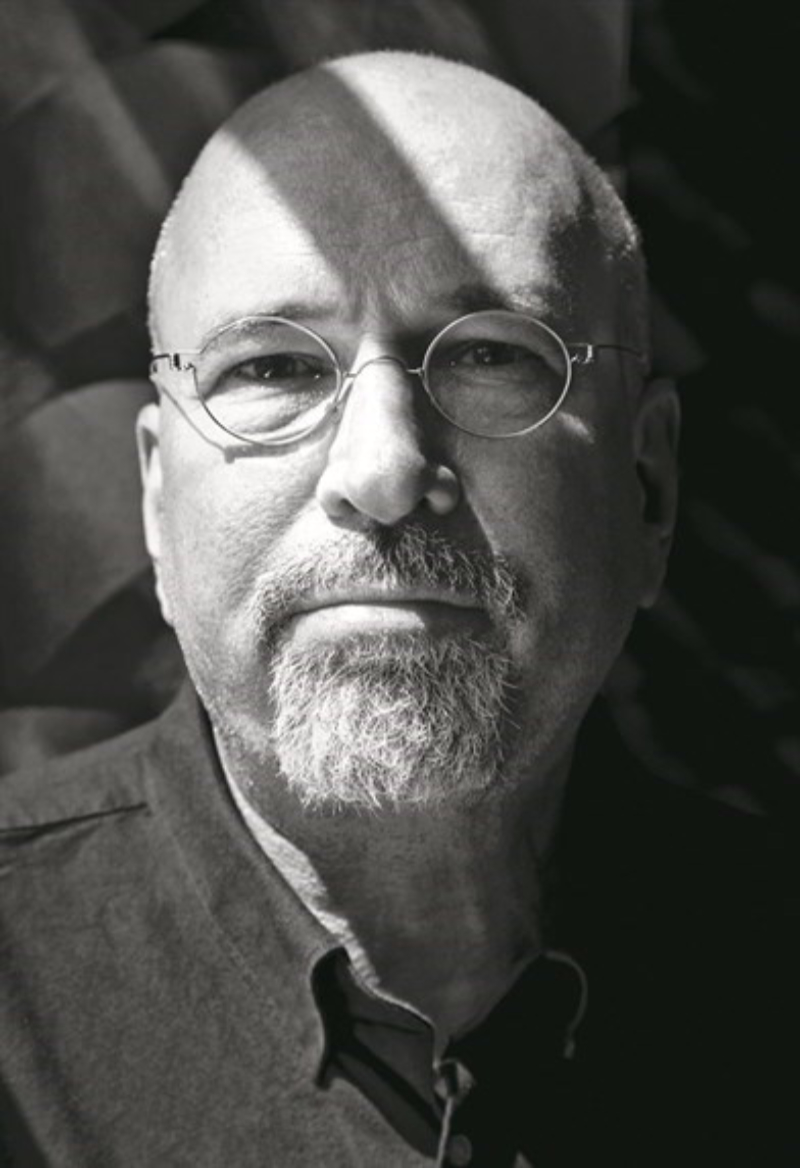
Robert Gober is an American sculptor. His work is often related to domestic and familiar objects such as sinks, doors, and legs.
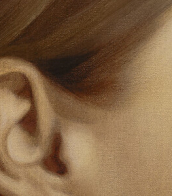
_Calligraphy-VIL_WiKi.jpeg)
Wang Duo was a Chinese calligrapher, painter, and poet during the Ming dynasty, renowned for his artistic versatility and the cultural depth of his work. Born in Mengjin, Henan province, Wang Duo left an indelible mark on the artistic landscape of China, bridging the late Ming and early Qing dynasties with his creative expression.
His works, such as a mountain landscape dated 1651, showcase his mastery of ink on paper, reflecting the aesthetic preferences and skilled craftsmanship of the Qing dynasty period. Another remarkable piece, a free copy of Xu Jiaozhi’s calligraphy dating back to 1635, is a testament to his prowess in calligraphic arts, executed on a hanging scroll with ink on satin. Additionally, his lettering on gold-flecked paper, a medium that added a luminous quality to his work, is preserved as an album leaf, evidencing the fusion of literary and visual arts during the late Ming to early Qing dynasty.
For collectors, auctioneers, and experts in art and antiques, Wang Duo’s works not only represent a significant cultural heritage but also offer a glimpse into the rich tapestry of Chinese history through art. His legacy is encapsulated in the intricate strokes of his calligraphy and the serene landscapes of his paintings, many of which are held in prestigious institutions like The Metropolitan Museum of Art. To stay informed on updates related to Wang Duo and similar artists, sign up for our newsletter and enrich your collection with the essence of Chinese art history.
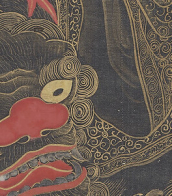
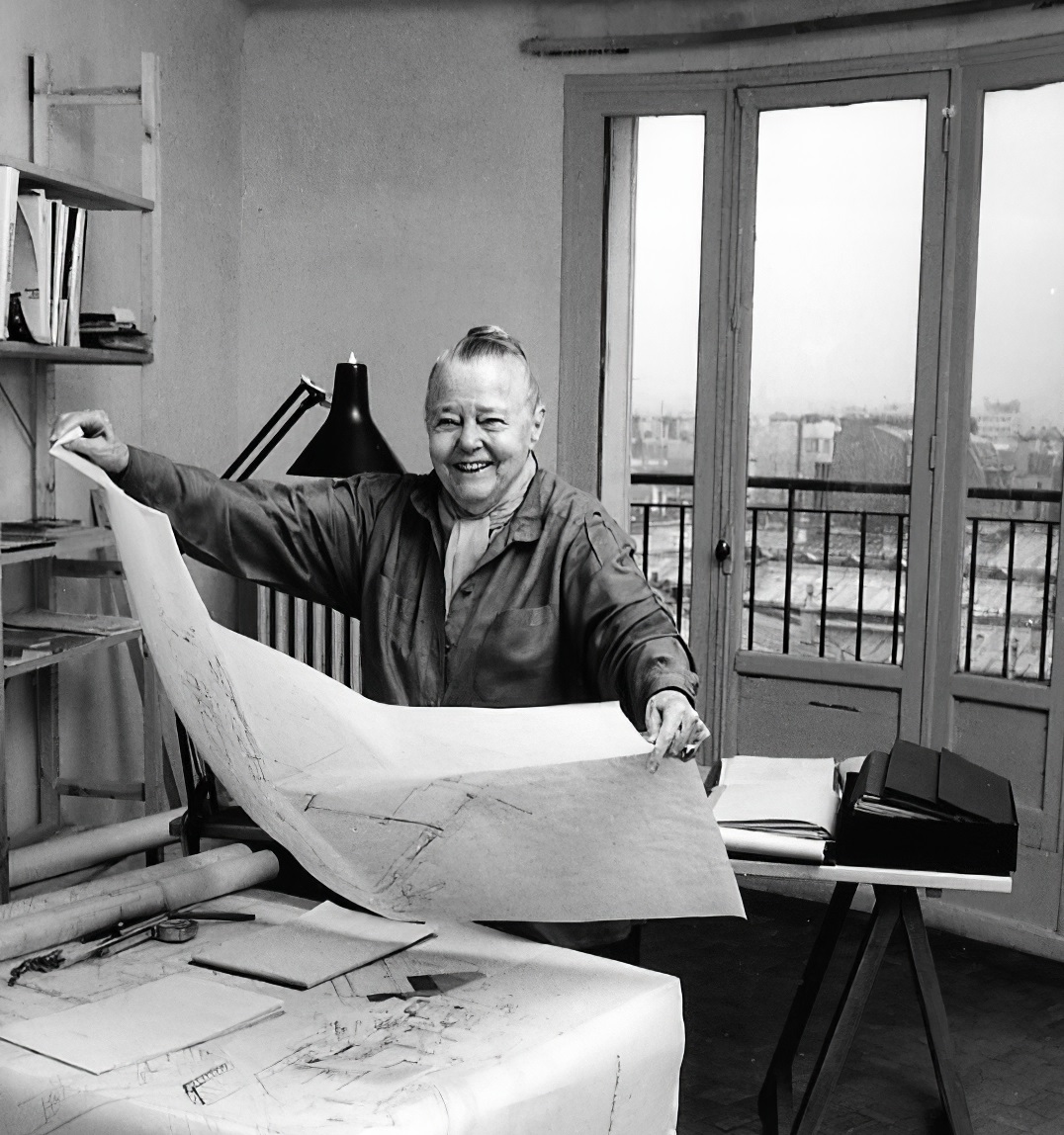
Charlotte Perriand was a French architect and designer. Her work aimed to create functional living spaces in the belief that better design helps in creating a better society. In her article "L'Art de Vivre" from 1981 she states "The extension of the art of dwelling is the art of living — living in harmony with man's deepest drives and with his adopted or fabricated environment." Charlotte liked to take her time in a space before starting the design process.

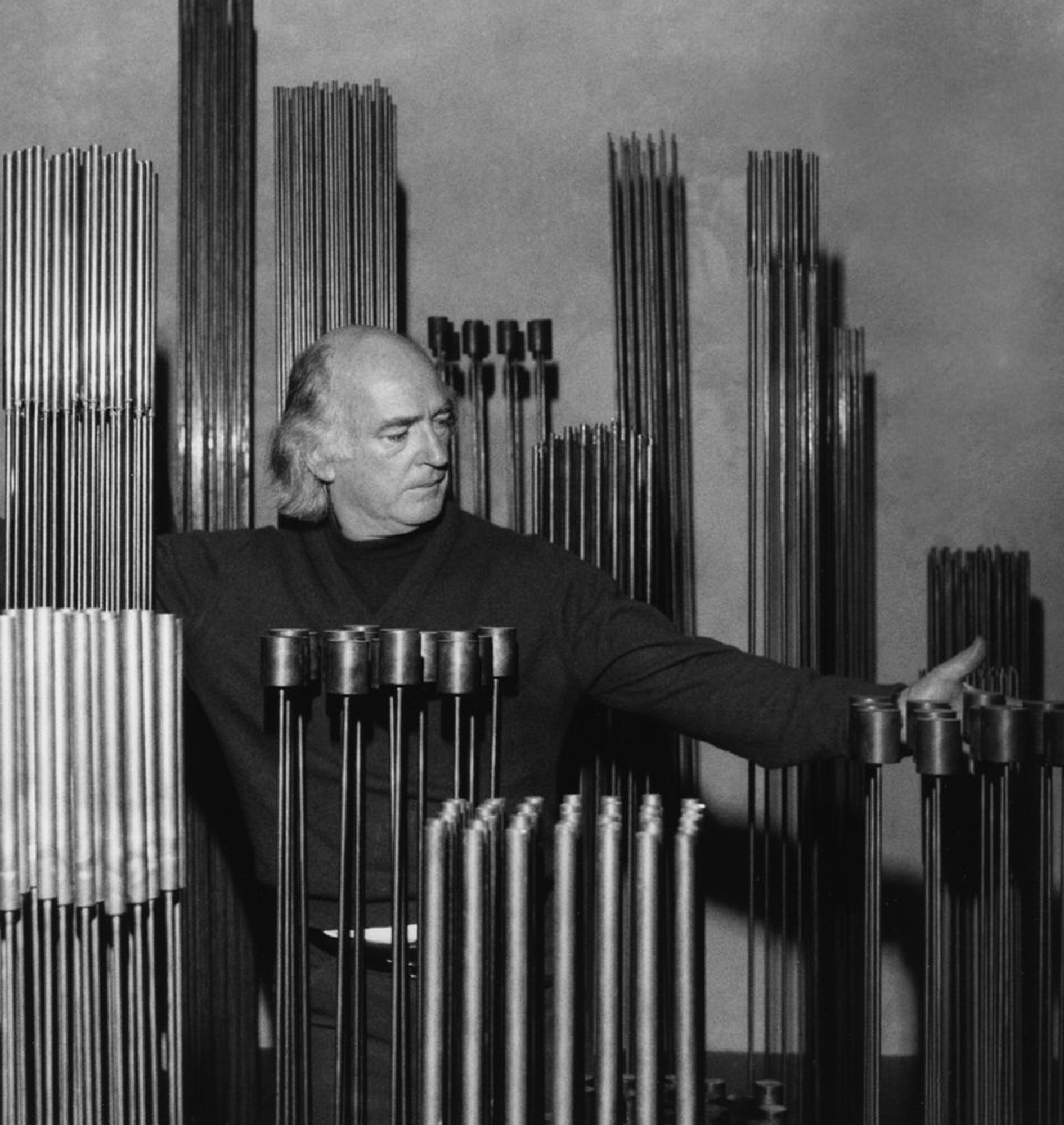
Harry Bertoia was an American artist, sculptor and furniture designer of Italian origin. He is best known for his innovative metal sculptures and iconic furniture designs.
In the 1940s and 1950s, Bertoia worked with Charles and Ray Eames in the moulded plywood division of Evans Products Company. It was at this time that he began experimenting with wire as a medium for sculpture and furniture design. The Bertoia Diamond wire mesh chair, introduced in 1952, was one of his most iconic and influential designs. Made by bending and welding wire, the chair combined aesthetic appeal with comfort and functionality.
In his sculptural work, Bertoia often created complex and abstract forms using metal rods and wire. He explored the sonic properties of his sculptures, which led to the creation of his famous 'Sounding Sculptures' series. These large-scale metal sculptures produced ethereal sounds when touched or exposed to the wind.


Harry Bertoia was an American artist, sculptor and furniture designer of Italian origin. He is best known for his innovative metal sculptures and iconic furniture designs.
In the 1940s and 1950s, Bertoia worked with Charles and Ray Eames in the moulded plywood division of Evans Products Company. It was at this time that he began experimenting with wire as a medium for sculpture and furniture design. The Bertoia Diamond wire mesh chair, introduced in 1952, was one of his most iconic and influential designs. Made by bending and welding wire, the chair combined aesthetic appeal with comfort and functionality.
In his sculptural work, Bertoia often created complex and abstract forms using metal rods and wire. He explored the sonic properties of his sculptures, which led to the creation of his famous 'Sounding Sculptures' series. These large-scale metal sculptures produced ethereal sounds when touched or exposed to the wind.


Charlotte Perriand was a French architect and designer. Her work aimed to create functional living spaces in the belief that better design helps in creating a better society. In her article "L'Art de Vivre" from 1981 she states "The extension of the art of dwelling is the art of living — living in harmony with man's deepest drives and with his adopted or fabricated environment." Charlotte liked to take her time in a space before starting the design process.


Charlotte Perriand was a French architect and designer. Her work aimed to create functional living spaces in the belief that better design helps in creating a better society. In her article "L'Art de Vivre" from 1981 she states "The extension of the art of dwelling is the art of living — living in harmony with man's deepest drives and with his adopted or fabricated environment." Charlotte liked to take her time in a space before starting the design process.

Ilya Yefimovich Repin (Russian: Илья Ефимович Репин) was a preeminent Russian artist, celebrated for his profound influence on the world of art, particularly painting. Born in 1844 in the Russian Empire, Repin distinguished himself as a pivotal figure in bringing Russian art to the forefront of the European scene. His works, characterized by their vivid realism and profound emotional depth, offer a window into the cultural, social, and historical landscapes of 19th-century Russia.
Repin's oeuvre is a testament to his exceptional skill in capturing the essence of his subjects, ranging from the peasantry to the elite, and his commitment to portraying the Russian spirit. His paintings, such as "Barge Haulers on the Volga" and "Ivan the Terrible and His Son Ivan," are lauded for their meticulous detail, dynamic compositions, and the way they convey powerful narratives and emotions. These masterpieces are housed in prestigious museums and galleries worldwide, including the State Russian Museum and the Tretyakov Gallery, affirming Repin's enduring legacy in the annals of art history.
For collectors and experts in art and antiques, Repin's works represent not only significant cultural and historical value but also a deep emotional resonance that transcends time. His ability to intertwine the beauty and tragedy of human experience with the rich tapestry of Russian culture makes his art a compelling exploration for enthusiasts and scholars alike. To stay informed about new product sales and auction events related to Ilya Yefimovich Repin, we invite you to sign up for updates. This subscription is a gateway to exclusive insights and opportunities in the realm of art and antiques, focusing solely on Repin's illustrious work.
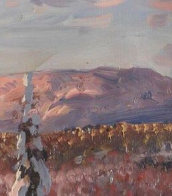
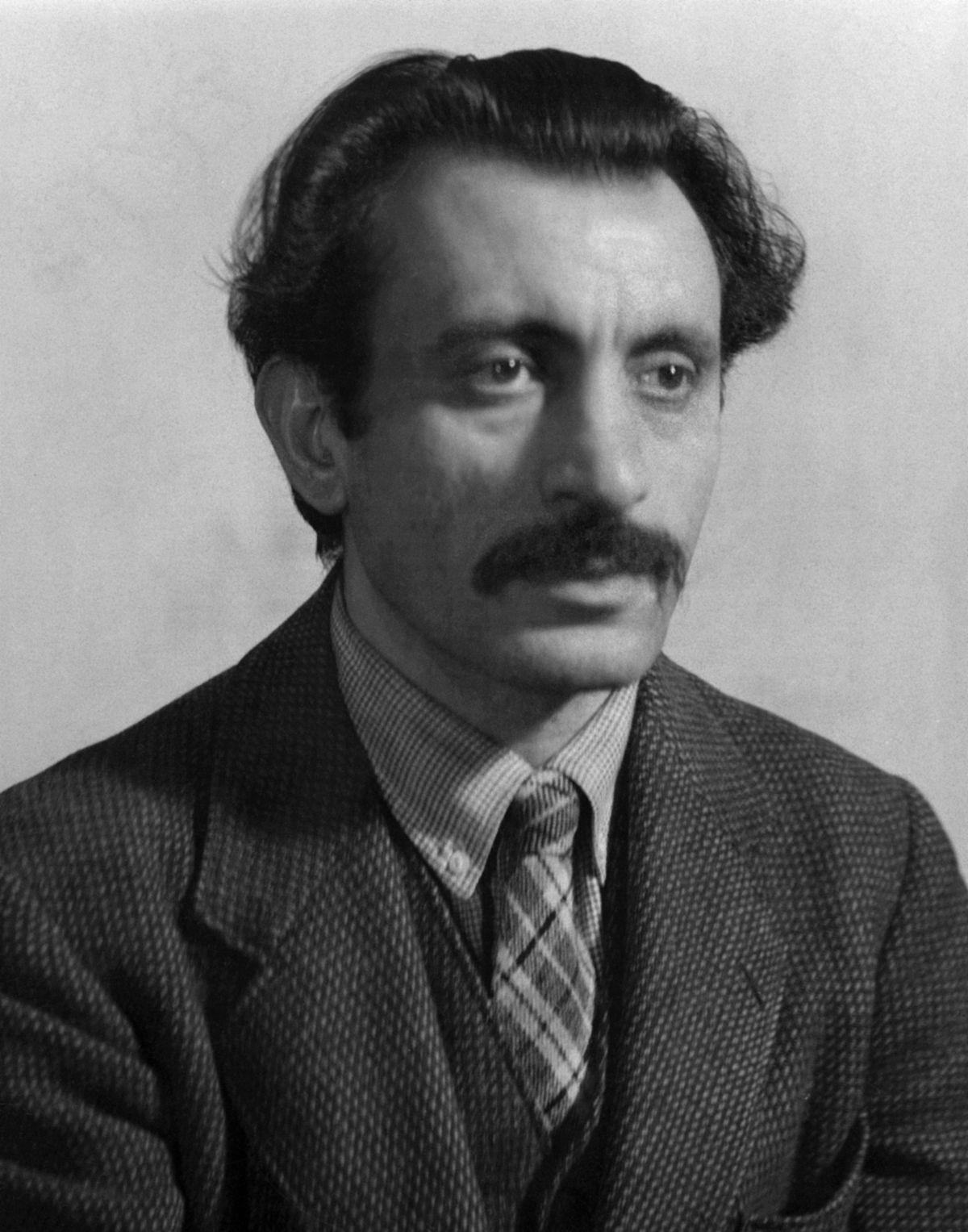
Arshile Gorky was an Armenian-American painter who had a seminal influence on Abstract Expressionism. He spent the last years of his life as a national of the United States. Along with Mark Rothko, Jackson Pollock and Willem de Kooning, Gorky has been hailed as one of the most powerful American painters of the 20th century. The suffering and loss he experienced in the Armenian genocide had crucial influence at Gorky’s development as an artist.

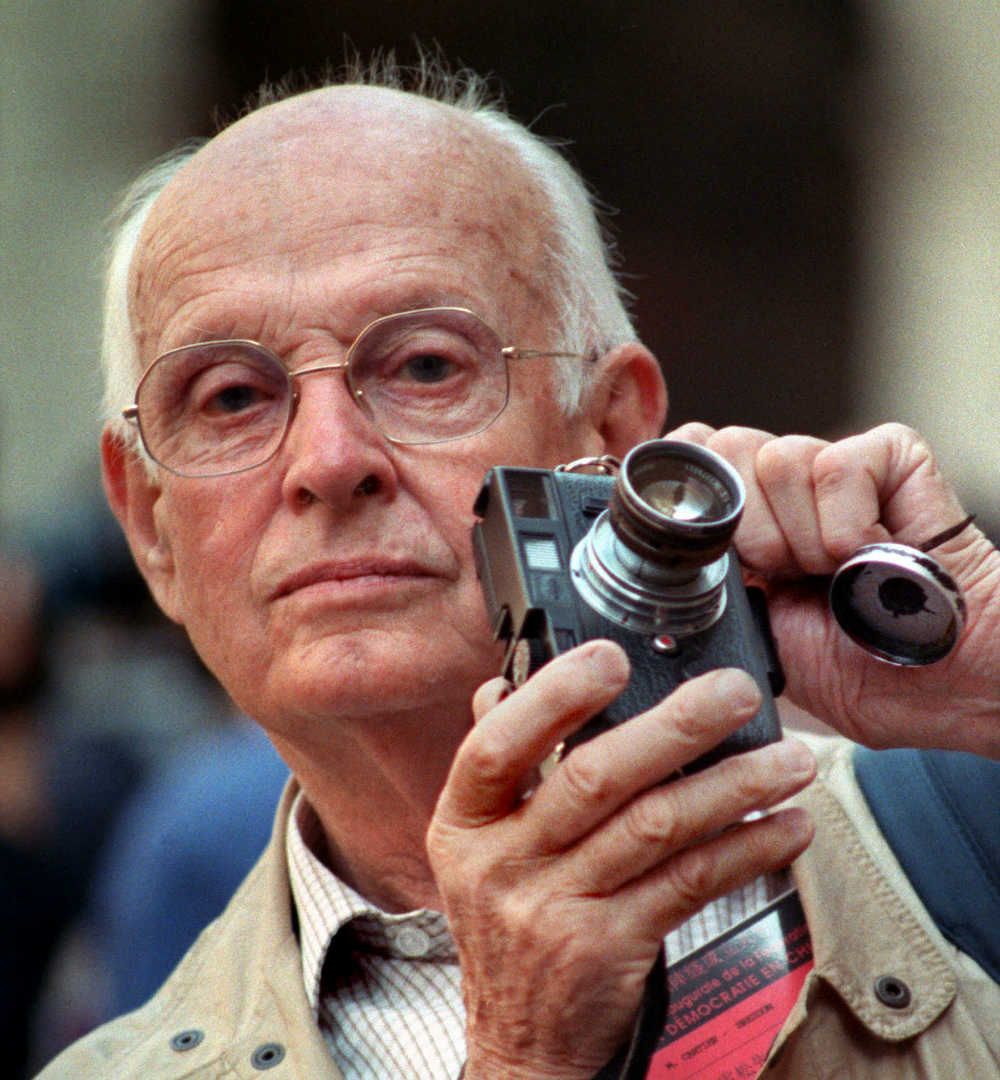
Henri Cartier-Bresson was a French artist renowned for his groundbreaking work in photography, particularly in the realms of photojournalism and street photography. Born on August 22, 1908, in Chanteloup, France, Cartier-Bresson's early artistic endeavors were in painting, which he began studying at the age of five. His transition to photography was marked by his adoption of a 35mm Leica camera in 1931, a tool that became synonymous with his work.
Henri Cartier-Bresson's photography is celebrated for its unique blend of spontaneity and composition, capturing moments that reveal deeper truths about their subjects. His theory of "the decisive moment" – that is, capturing an event that is ephemeral and spontaneous, yet significant – has had a profound influence on the field of photography. His work has been exhibited in prestigious venues such as the Museum of Modern Art in New York and is held in high esteem in art collections worldwide.
In addition to his personal achievements, Henri Cartier-Bresson was a co-founder of Magnum Photos in 1947, a cooperative agency for worldwide photographers that significantly influenced photojournalism. Later in his career, Cartier-Bresson returned to painting and drawing, demonstrating his lifelong commitment to the arts.
For art collectors and experts, Henri Cartier-Bresson's work offers a pivotal exploration of 20th-century photography, blending artistic vision with the unguarded moments of life. His influence extends beyond his images, shaping the way we perceive and engage with visual narratives.
To explore more about Henri Cartier-Bresson's influential career and works, and to stay updated on exhibitions or sales featuring his photography, you might consider subscribing to updates from art institutions or galleries that frequently showcase his work.
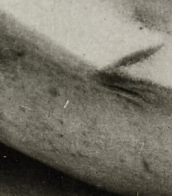

Dan Flavin was an American minimalist artist known for his use of fluorescent light as a medium. Flavin's work explored the aesthetic possibilities of industrial materials and the interaction between light, space, and color.
Flavin studied art at Columbia University. He began creating his iconic light installations in the 1960s, using commercial fluorescent tubes of various sizes and colors to create complex arrangements of light and shadow.
Many of Flavin's works were site-specific, designed to respond to the architecture and spatial dynamics of the exhibition space. Some of his most famous installations include "Monument for V. Tatlin" (1969), a tribute to the Russian Constructivist artist Vladimir Tatlin, and "Untitled (Marfa Project)" (1996), a permanent installation of colored fluorescent light in Marfa, Texas.
Flavin's work was recognized with numerous awards and honors, including the Guggenheim Fellowship and the Skowhegan Medal for Sculpture. He exhibited his work extensively in the United States and Europe, and his installations continue to be celebrated as seminal examples of minimalist and conceptual art.
Flavin's legacy as a pioneering artist continues to inspire new generations of artists working with light and other non-traditional materials.

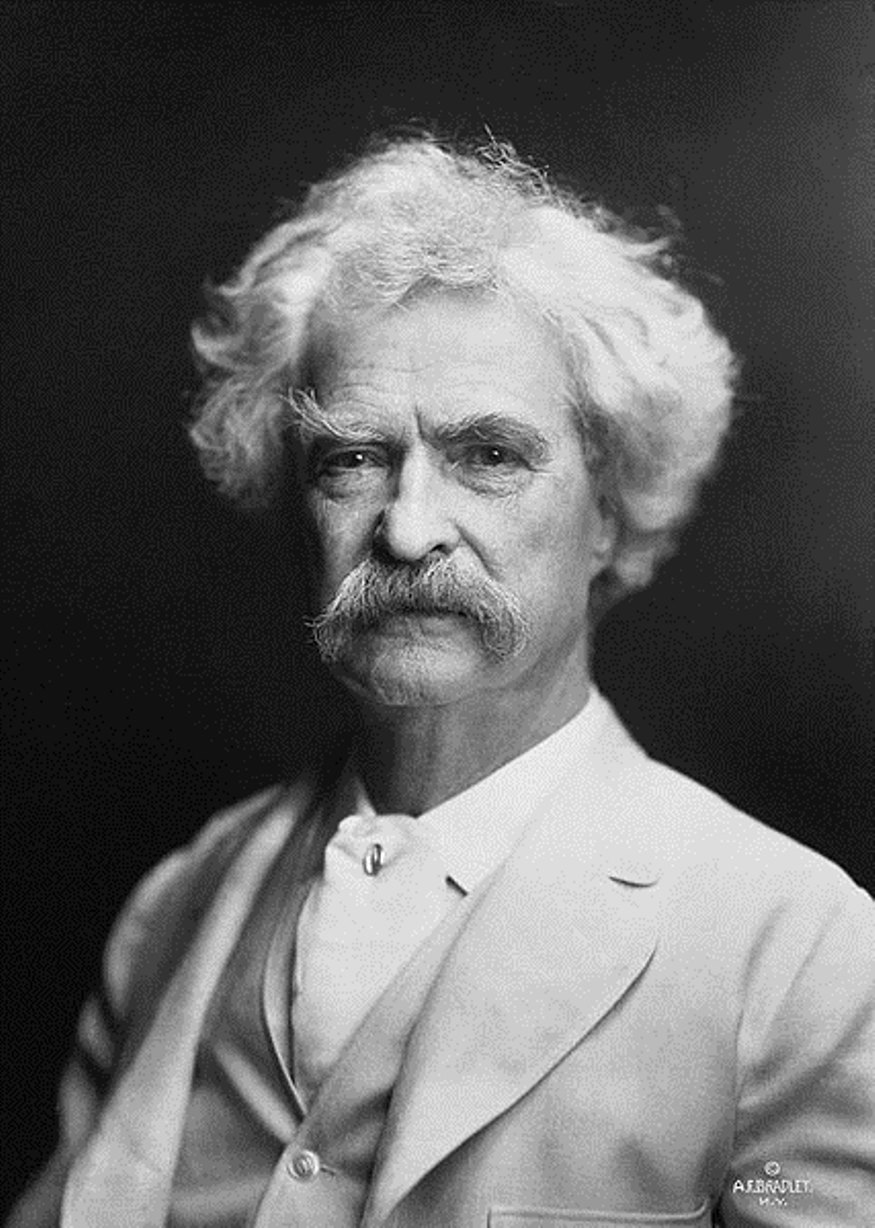
Mark Twain, real name Samuel Langhorne Clemens, was an American humanist writer, journalist, and social activist.
As a young man, Samuel worked in the printing press and in the gold mines, then went on a steamboat trip to Europe and the "Holy Land". His travel letters, full of vivid descriptions and ironic observations, were very well received by the public and were later revised into his first book, Innocents Abroad, published in 1869.
The pseudonym "Mark Twain" first appeared in 1863 under one of Samuel Clemens' short stories, and since then all his significant works have been signed by that name.
A talented storyteller, a peculiar humorist and moralist, Twain knew and loved his many diverse characters. His scandalizers and dreamers, caring aunts and ambitious politicians, grumpy widows and lying aristocrats, cunning but generous slaves, sentimental moralists, brave and naive children - all these types of American people Twain gave voice to thanks to his masterful command of colloquial language, slang and jargon. Twain wrote a lot and in a variety of genres: humor and satire, philosophical fiction and journalism and others, but he always stood on the position of humanist and democrat.
Mark Twain became world famous for his travel stories and adventure novels about his childhood, these are "The Adventures of Tom Sawyer" (1876) and "The Adventures of Huckleberry Finn" (1885). Twain is still one of America's, and indeed the world's, best and most beloved writers. His works have been and are still being published in many languages around the world.
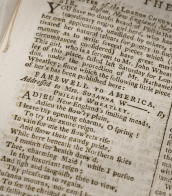

Harry Bertoia was an American artist, sculptor and furniture designer of Italian origin. He is best known for his innovative metal sculptures and iconic furniture designs.
In the 1940s and 1950s, Bertoia worked with Charles and Ray Eames in the moulded plywood division of Evans Products Company. It was at this time that he began experimenting with wire as a medium for sculpture and furniture design. The Bertoia Diamond wire mesh chair, introduced in 1952, was one of his most iconic and influential designs. Made by bending and welding wire, the chair combined aesthetic appeal with comfort and functionality.
In his sculptural work, Bertoia often created complex and abstract forms using metal rods and wire. He explored the sonic properties of his sculptures, which led to the creation of his famous 'Sounding Sculptures' series. These large-scale metal sculptures produced ethereal sounds when touched or exposed to the wind.
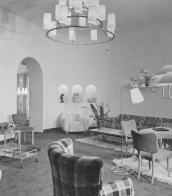
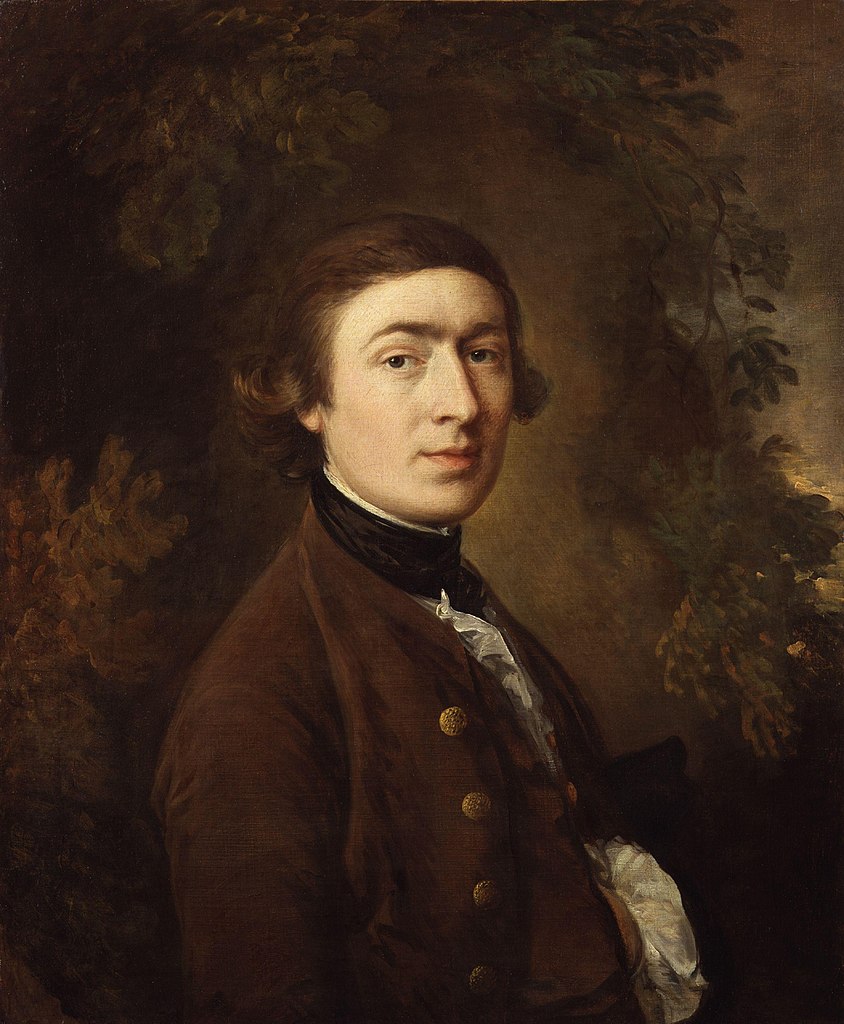
Thomas Gainsborough was an English painter, renowned for his mastery in both portraiture and landscape art, active during the 18th century. Born in Sudbury, Suffolk, Gainsborough displayed early artistic talent, which led him to London to study art seriously. He is often celebrated for his fluid and expressive brushwork and his innovative approach to portrait and landscape painting. Gainsborough was notably influenced by Dutch landscape paintings and the Rococo style, which is evident in his delicate and evocative use of color and light.
Thomas Gainsborough's career gained significant momentum when he moved to Bath, where he attracted a fashionable clientele. This period was marked by his creation of portraits that seamlessly integrated the sitters into lush, idyllic landscapes. Despite his success with portraits, Gainsborough preferred painting landscapes, often expressing a desire to escape the demands of portrait commissions to focus on these scenic representations.
Some of his most famous works include "The Blue Boy" and "Mr. and Mrs. Andrews." "The Blue Boy" is particularly noted for its vibrant blue costume and has been a hallmark of Gainsborough's style in capturing the personality and elegance of the youth. His works are held in high esteem and are part of collections across major museums globally, such as the National Gallery, Tate Britain, and the Huntington Library, to name a few.
For those interested in exploring Thomas Gainsborough's contributions to art, his paintings offer a glimpse into the social fabric and the natural beauty of 18th-century England, making him a pivotal figure in the English school of painting. His ability to convey character and atmosphere in his portraits and landscapes alike ensures his continued relevance and admiration in the art world today.
If you are keen on updates related to Thomas Gainsborough's art pieces, sales, and auctions, consider signing up for specialized newsletters or alerts that focus on his works and their presence in modern collections and sales events.
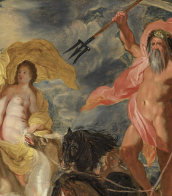
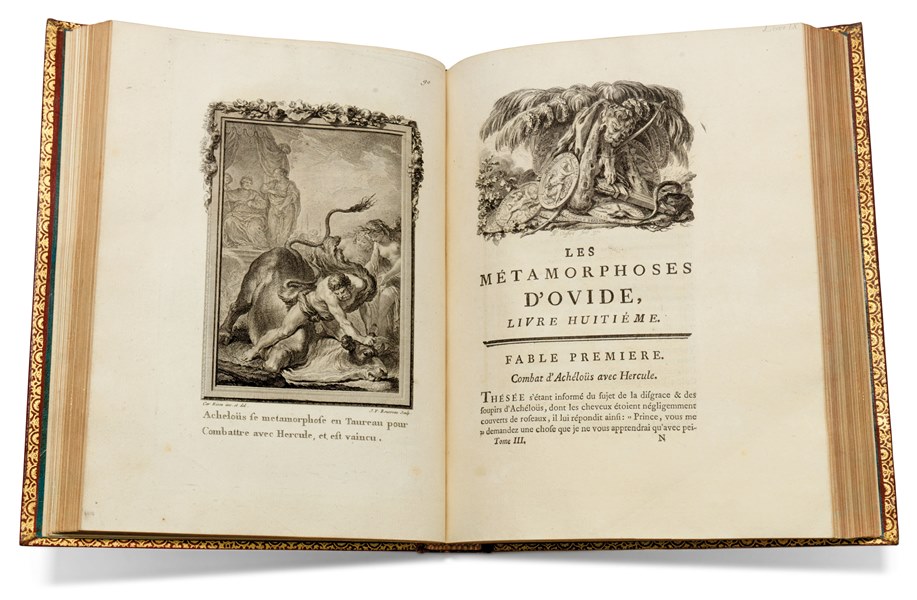
Johannes Busch was a major Dutch clergyman and reformed theologian.
As a monastic reformer and chronicler, the Augustinian canon of Windesheim, Johannes Busch is one of the most prominent figures of the Devotio moderna ("New Piety") movement in Catholicism. With his historiographical works Chronicle of the Monastery of Windesheim and Liber de reformatione monasteriorum he shaped the association of the Windesheim monastery and the late medieval observance movement.
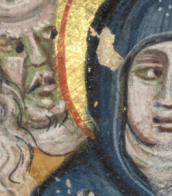
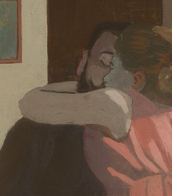
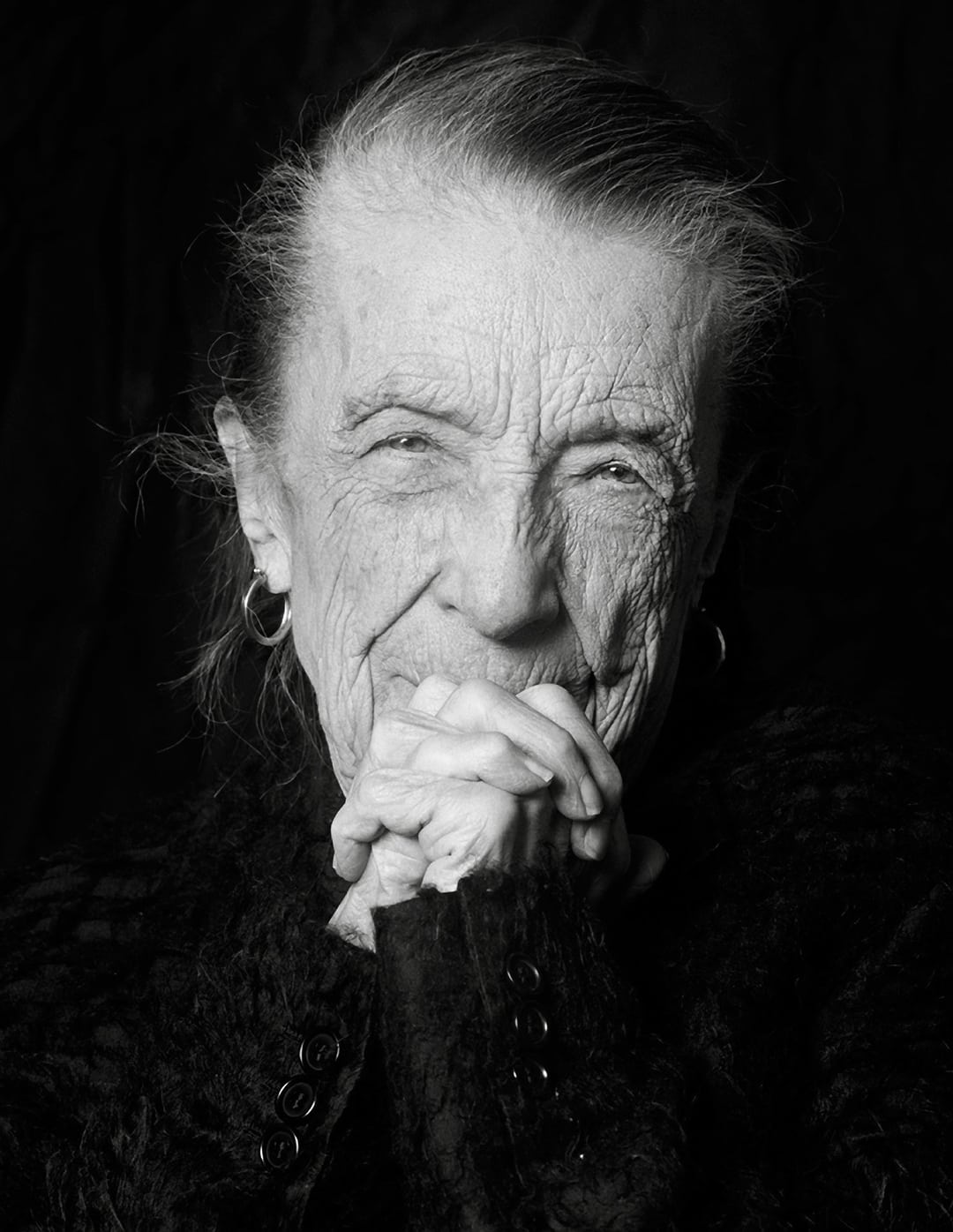
Louise Joséphine Bourgeois was a French-American artist. Although she is best known for her large-scale sculpture and installation art, Bourgeois was also a prolific painter and printmaker. She explored a variety of themes over the course of her long career including domesticity and the family, sexuality and the body, as well as death and the unconscious. These themes connect to events from her childhood which she considered to be a therapeutic process. Although Bourgeois exhibited with the Abstract Expressionists and her work has much in common with Surrealism and Feminist art, she was not formally affiliated with a particular artistic movement.
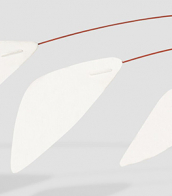



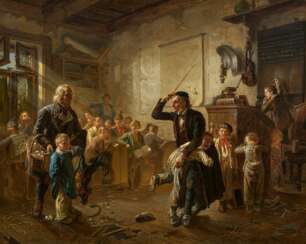

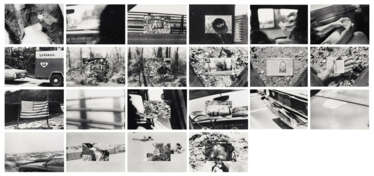



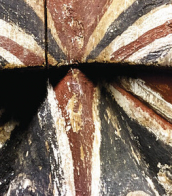



















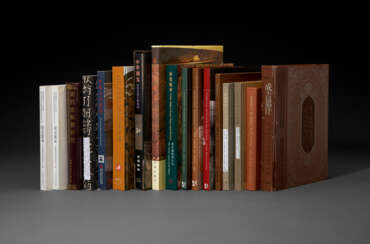

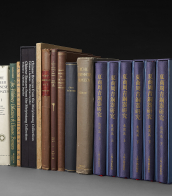
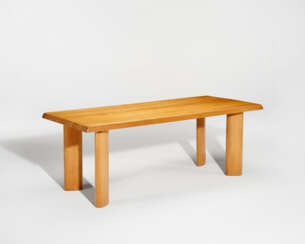

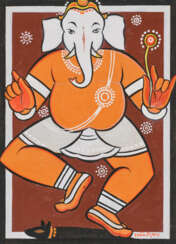

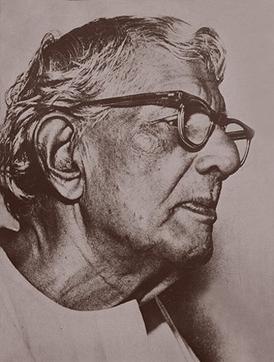
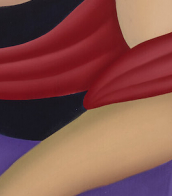
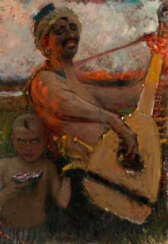



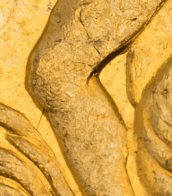
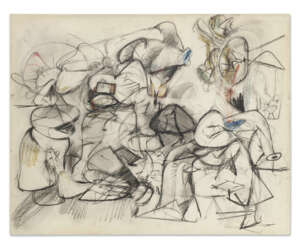

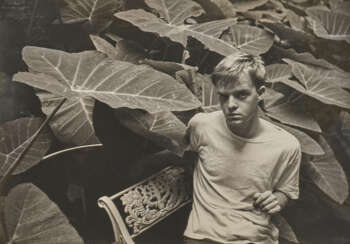

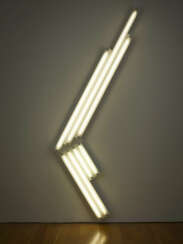



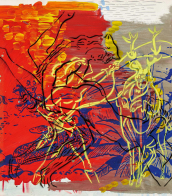
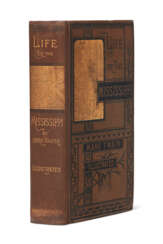





![[BUSCH, Johannes (1399/1400-after 1475)]](/assets/image/picture_2944660/8eb08/3af5961a08f66311d195db6df32ee3231689112800jpg__fix_374_244.jpeg)
![[BUSCH, Johannes (1399/1400-after 1475)]](https://veryimportantlot.com/assets/image/picture_2944660/8eb08/3af5961a08f66311d195db6df32ee3231689112800jpg__fix_374_244.jpeg)
